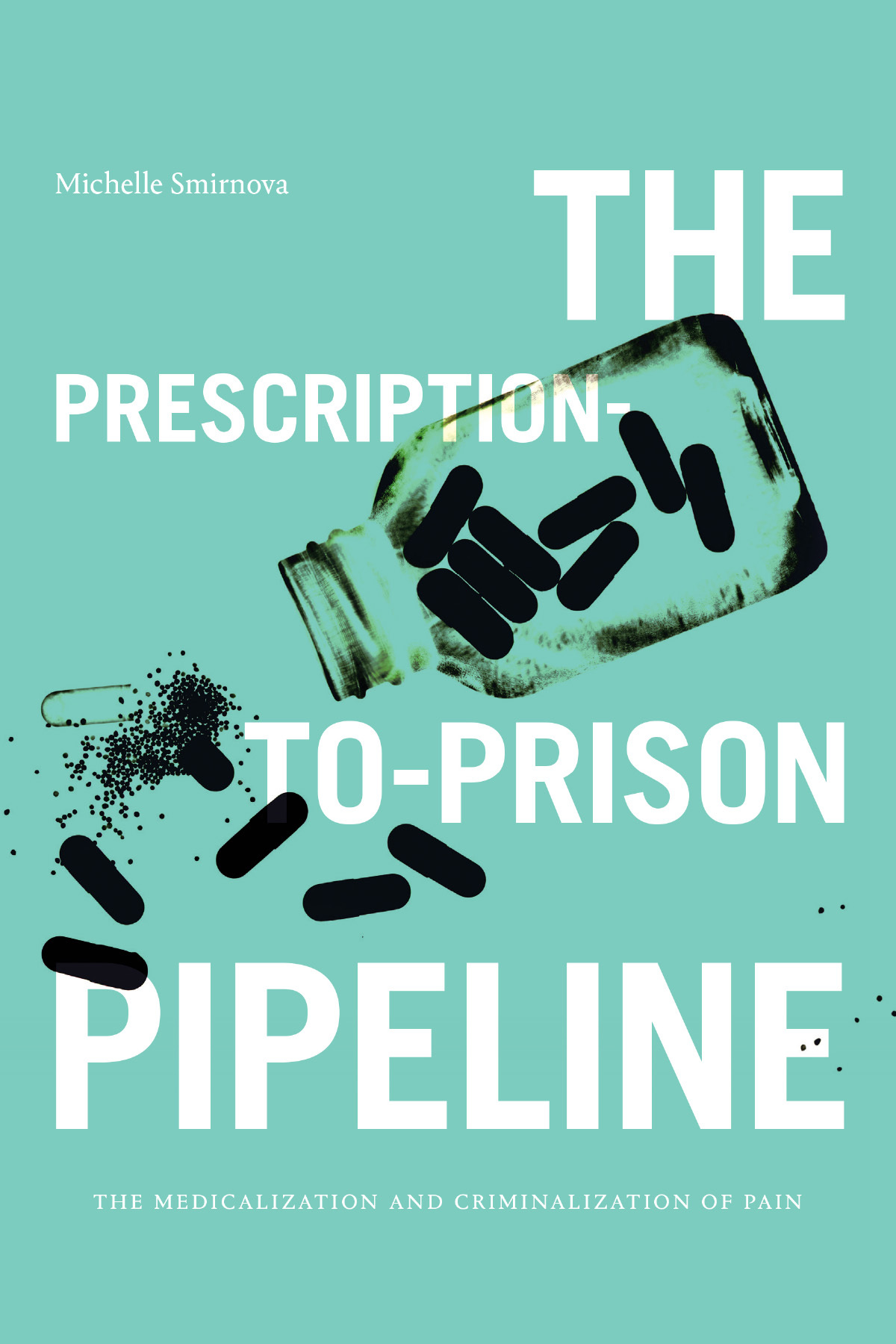Increasingly, addiction is conceived of as a neurological disease rather than a moral failing. However, the medicalization of addiction has arguably afforded moralizing judgment even more power. On the surface, instruments and technologies that can identify and visualize disorders appear to destigmatize and legitimize these experiences, as well as to construct those labels as objective “facts.” Yet as a result these diagnoses take on greater permanence and therefore greater stigmatization. They also erase the interpretive human element involved. For example, people are increasingly likely to attribute depression or schizophrenia to neurobiology rather than to inaccessible economic and social structures or individual proclivities. However, attributing a disorder to one’s genes has the effect of establishing those suffering to seem, in the words of public health scholar Jo C. Phelan, “more fundamentally different than others” and reduce the possibility for change.
This conceptual move negates the possibility for recovery as the person becomes the diagnosis rather than someone living with one. Although some attribution theorists believed that reducing one’s causal responsibility for an illness might reduce its stigma, genetic essentialism actually ties the person ever more closely to the illness. The consequences for individuals diagnosed as suffering from addiction or dependence may be even more extreme, as they experience simultaneous genetic and criminal essentialism and are therefore incapable of escaping their biology or recurrent treatment (if they’re lucky) and incarceration (if they aren’t).
Many of the individuals I interviewed for my new book The Prescription-to-Prison Pipeline believed that addiction was their biological destiny and that it was untethered from substances specifically. For example, both Lauren and Gina traced their addiction to their families, arguing that addiction had been passed down to them biologically. Lauren, a thirty-year-old white woman, described how “my family’s pretty screwed up. There’s a lot of addicts.” Similarly, Gina, a forty-four-year-old Black woman, insisted that it’s in her blood. She said: “My maternal grandmother was an alcoholic, still is today. My mom has a gambling addiction.” Both of their responses imply that addiction is a biological trait, something that could be passed down from a grandmother or mother. To Gina, drinking, gambling, and drug use are all related and tied to the broader trait of addiction. By grouping these actions together, a child of a gambler should be wary of alcohol, drugs, sex, or anything else deemed addictive by our society given an “at risk” biological predisposition.
For those who identified as an addict or junkie, most described it as a permanent diagnosis: “We’re always going to be junkies.” For example, Steve lamented that “a junkie is a junkie.” While he described wanting to change, Steve argued that when you’re a junkie, you are “going to keep using until you’re tired of using. You might get on and try to get in a program and do what you want to do, until you get out there on the streets and then everything’s there.” There is a sense of hopelessness to their accounts, as they insist that addiction is part of their biology and therefore an inescapable fate.
Patrick characterized himself as “addicted” to “criminal activity,” describing how “you would feel so bold just to steal anything at any time.” He described how breaking the law “invoked that superman mentality. That was part of my addiction with that. I just could hide and cover up and be somebody I wasn’t.” In explaining why he used drugs, Patrick referred to his father, who “could drink a gallon of whiskey and sit down and just talk to you like it was normal. My thing would be like, that much in drugs. I was an addict, and I was a severe one.” Instead of focusing on his traumatic childhood, when he was molested and shuffled between abusive families in foster care, or the fact he was raped in prison, Patrick attributes his incarceration to his biology, as indicated by his father’s alcoholism.
More from our decarceral brainstorm
Every week, Inquest aims to bring you insights from people thinking through and working for a world without mass incarceration.
Sign up for our newsletter for the latest.
Newsletter
Patrick is also convinced that he is a repeat offender because he is addicted to prison. He has been arrested “seven hundred or so” times for charges “related to drugs.” From his perspective, “doing time in prison becomes addicting. I’ll just go back to prison, no big deal. I know how to do that real good.” However, in the same breath that he claimed to be addicted to prison, he grieved his “desire to get out there and work with young kids. I wanna go to college and I wanna learn social studies and I wanna take Bible school. My thing is, I wanna work with young men, young guys. Those are the future of our country.” Somehow, his hopes and intentions are minimized by a deterministic biological logic in which he will always be an addict and incarcerated man. His narrative discounts the many barriers faced by the incarcerated when they are released from prison, such as being barred from affordable housing, educational loans, or other social services such as food and medical assistance. Instead of focusing on the structural barriers and environmental traumas that have shaped his psyche and actions, he looks inward to his biological or moral constitution as the explaining variables of his life.
Paralleling anthropologist Angela Garcia’s findings in The Pastoral Clinic (2010), my interviewees discussed their drug use with such resignation, reiterating the dominant explanatory model used by scientists and caregivers that emphasizes “chronicity” among those who use drugs. This model likens addiction to a lifelong disease, not unlike diabetes or asthma, which runs the risk of relapse without proper maintenance and care. In this characterization, addiction is outside the actor’s control, and agency and power are relegated to those who work in treatment facilities or carceral settings. Further, the construction of an addiction as a “chronic, relapsing brain disorder” locates the problem in one’s physiology rather than in the social world.
This definition of addiction produces an ideological link between drug use and other criminal activity: If you’re addicted to drugs, you are understood as having a propensity for addiction to other bad things, too, which was reflected by interviewees like Sara, a twenty-two-year-old white woman, who explained that she was in prison because “I have an addictive personality.” Similarly, Ingrid, a thirty-nine-year-old white woman, insisted that she is incarcerated because “I have a propensity for addiction.” These narratives corroborate sociologist Allison McKim’s research on addiction treatment centers, where women are taught that their chronic substance use and recidivism is the result of addictive personalities rather than external factors such as ineffective treatment programs, hyperpolicing, or the absence of other structural and interpersonal support systems.
The biomedical model of addiction as disease shifts the governance paradigm from criminalizing to medicalizing substance use. As a result, the medicalization discourse perpetuates the same problems as the moral or criminal ones. In his ethnography of methamphetamine use in a rural U.S. community, anthropologist William Garriott notes how doctors use the “chronic, neurobiological condition” model of addiction to explain individual propensities toward crime, thereby constructing groups as biologically predisposed to incarceration.
Thus the model biologizes criminality—one is born an addict and a criminal rather than being constructed as one by those in power. This perspective was articulated by former Missouri state senator Rob Schaaf, who once argued that when people die of a drug overdose, it “just removes them from the gene pool.” For Schaaf and others who share his perspective, people who use drugs are bad people with bad genetics and society would benefit from their removal or isolation. Interviewees’ frequent references to themselves as addicts reflect an internalization of this perspective. They also reflect the internalization of a discourse of chronicity—of addiction and incarceration—and the normalization of individuals moving between different institutions of control.
Excerpted from The Prescription-to-Prison Pipeline: The Medicalization and Criminalization of Pain by Michelle Smirnova. Copyright Duke University Press, 2023.
Image: Unsplash


